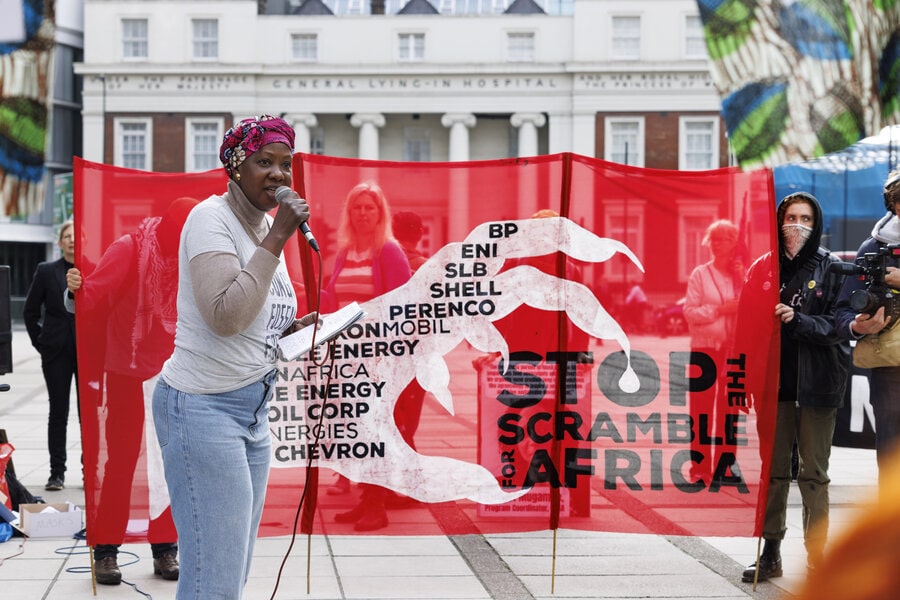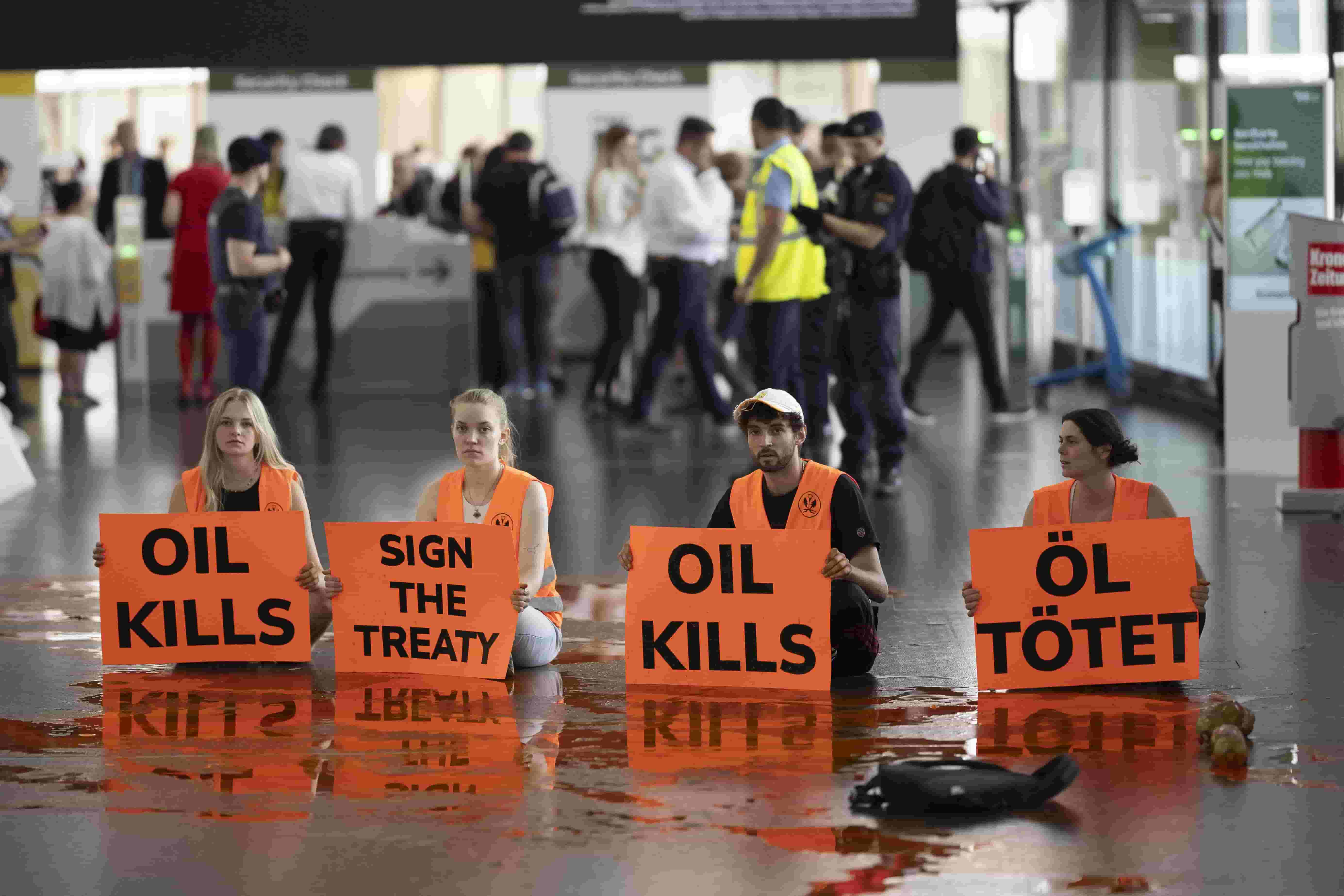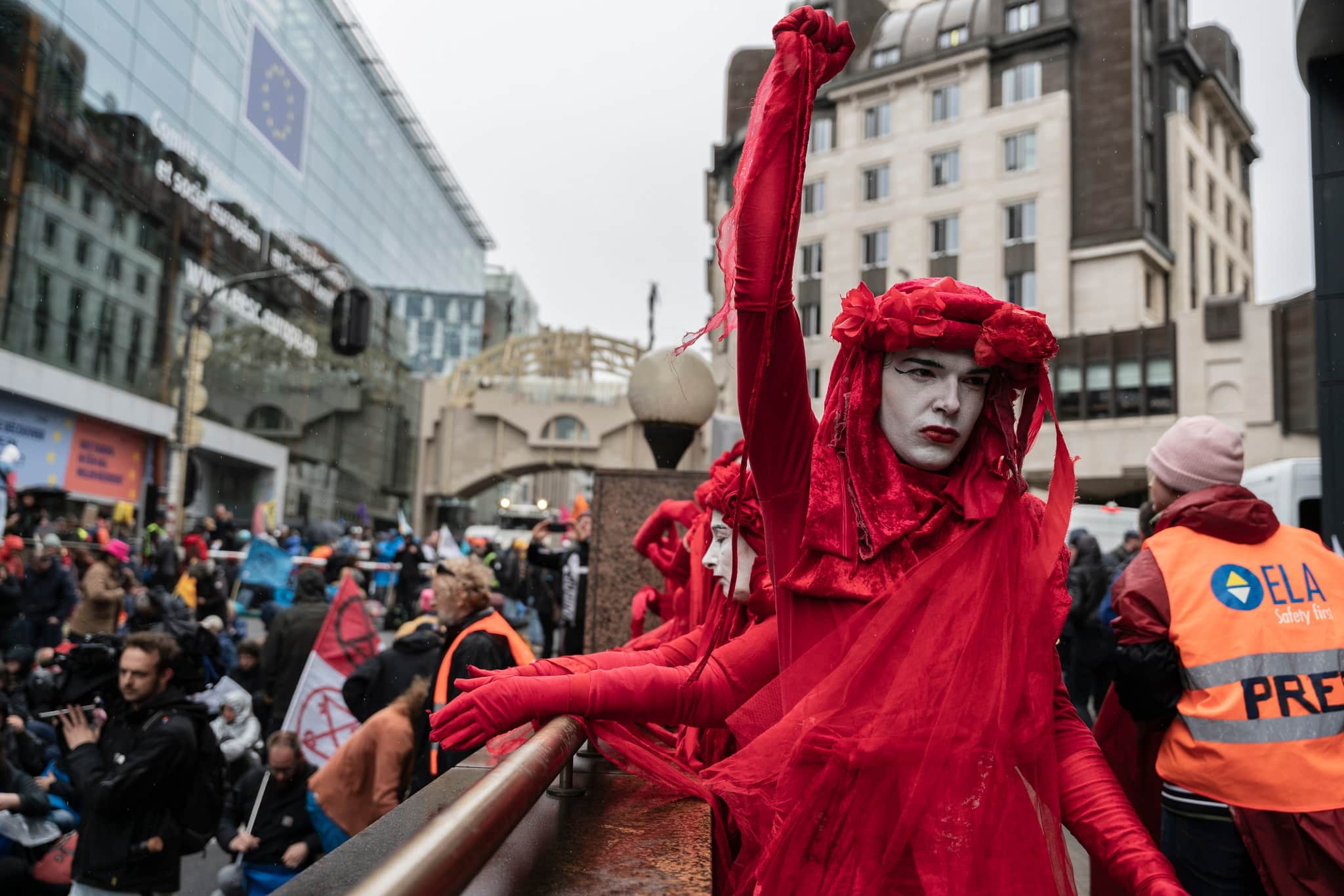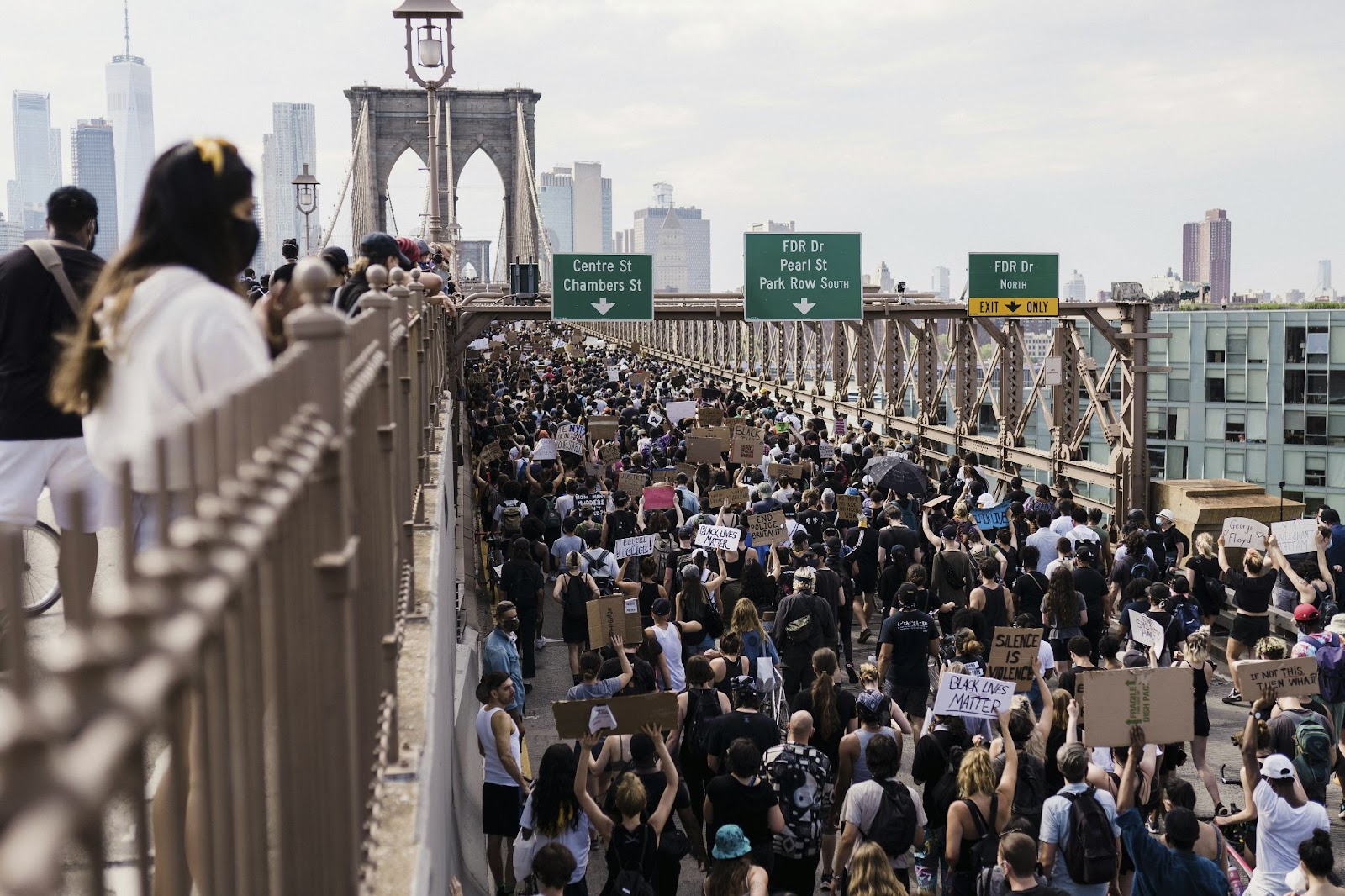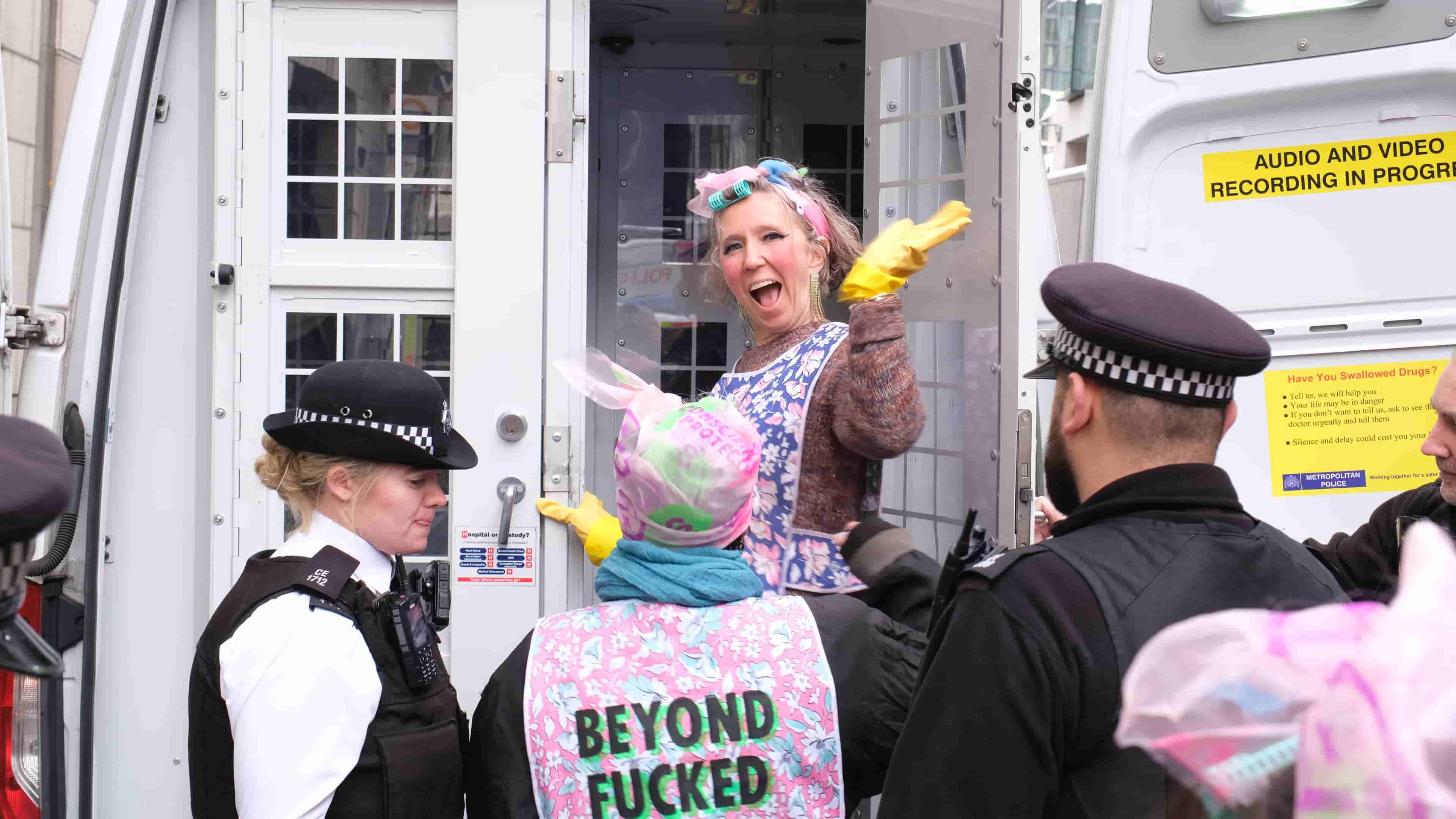If we want to avoid a whole range of increasingly severe impacts from climate change, we need to restrict global warming to 1.5°C above pre-industrial levels. This is the message from the United Nations Intergovernmental Panel on Climate Change (IPCC). What they say really matters, as they’re widely seen as the number one global authority on the subject.
The starting point that’s normally used when talking about global warming is the ‘pre-industrial baseline’. This baseline relies on the average temperatures between 1850 and 1900. Whilst this isn’t strictly speaking pre-industrial, this period is used because we still have reliable temperature records for it. Only a very small proportion of emissions generated by humans occurred before 1850, so it can provide a good basis for judging the general impact of emissions created by human activity.
The trouble is, we’re already at 1.1°C above this baseline. Without urgent action we’ll pass 1.5°C in around 20 years. This would have catastrophic impacts for our planet, such as more extreme weather, loss of habitats and the species living within them, which could threaten our food and water supplies. Preventing this requires much more action, and this needs to happen right now.
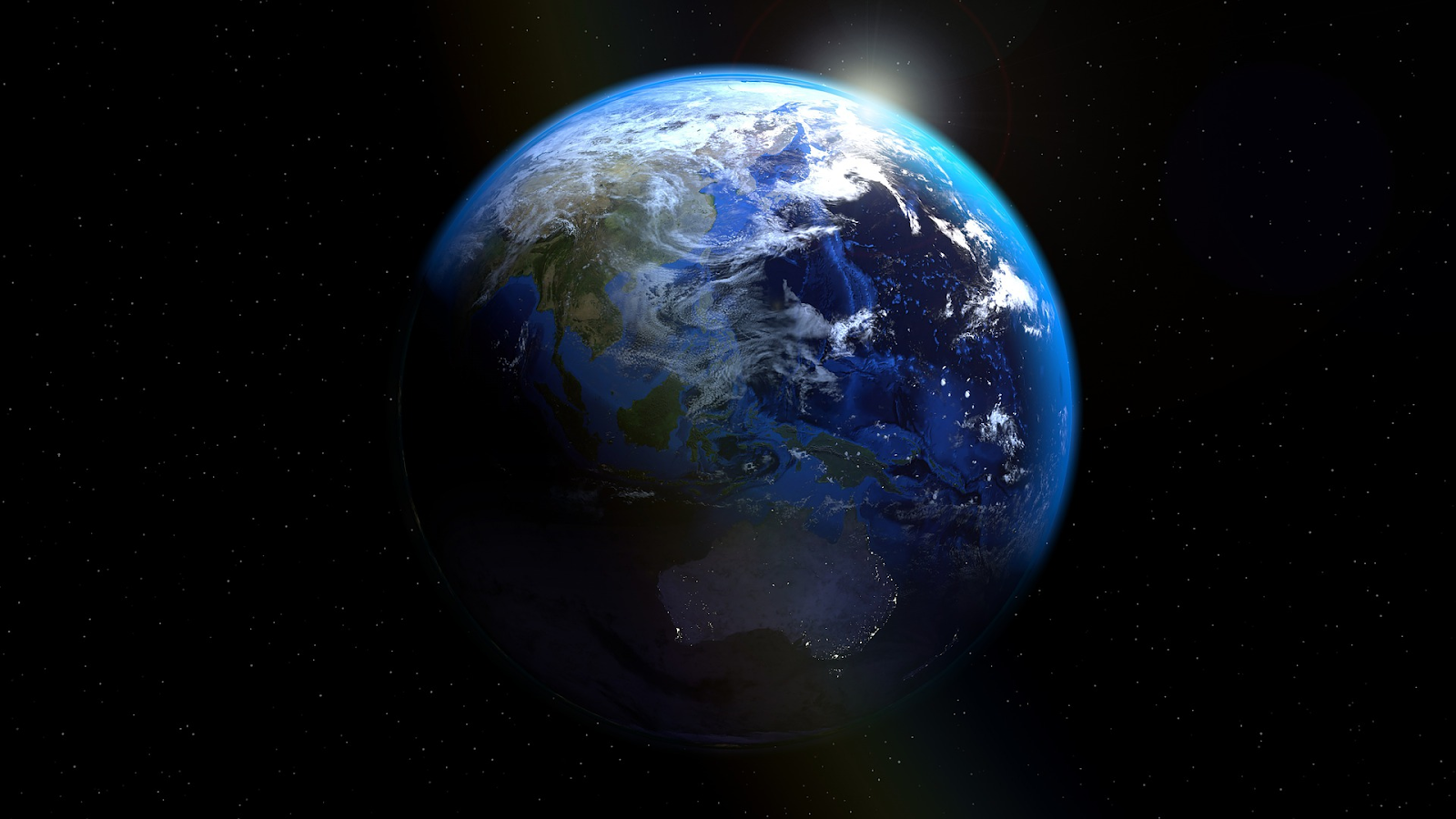
Image by PIRO4D from Pixabay
Doesn’t that mean we’ve actually got 20 years?
The problem is, it’s not like turning off a tap. Even if we manage to reduce all our emissions to zero today, the pollutants that are already in the atmosphere will continue to produce further warming. Carbon dioxide can remain in the Earth’s atmosphere for thousands of years, so our historic emissions will have an ongoing impact.
The IPCC’s 2018 Report maintained that limiting warming to 1.5°C above the baseline was still possible. But since then we’ve already moved from 1.0°C to 1.1°C, and with each passing day the likelihood of limiting the warming reduces further.
The MCC think tank’s Carbon Clock provides a shocking indication of how little time remains before carbon emissions make warming of 1.5°C or 2.0°C unavoidable. Their estimates suggest that in just over seven years total global emissions are going to reach the level that will produce 1.5°C of warming. They’re not saying we’ll reach 1.5°C at this point, but that the total emissions in the atmosphere would mean that this increase is ‘locked in’ and inevitable. The time lag between emissions and the warming they generate is why the IPCC is talking about reaching 1.5°C in 20 years rather than seven.
So the truth is that we actually have less than ten years?
Sadly, in terms of keeping global warming below 1.5°C, the answer is yes. Unless we move extremely quickly, our actions will only be shaping how far beyond 1.5°C we ultimately end up. Our focus needs to be on damage limitation, as many negative impacts of global warming are already happening and can no longer be avoided. Whether it’s extreme heatwaves, droughts and wildfires affecting many places, or increasingly violent storms and flooding — rising global temperatures are influencing the frequency and severity of climate disruption events.
Even if national governments meet all their existing pledges to reduce emissions, we’re heading for warming of over 3°C by 2100. However, considering historic failures to curb emissions, the increase by the end of the century could be even greater.
A 3°C temperature change may not seem like a big deal, as it’s something many of us experience on a daily basis. However, a global average temperature increase of this amount will have a devastating impact on ecosystems and our food and water supplies. The predicted consequences are so severe and far-reaching, that for many of us they would result in fundamental changes to our lives.
We can’t change the past, but we can change the present and the resulting future. The sooner we act, the less severe the future consequences will be.
Do small temperature increases really matter?
If you turned the heating in your home up by one degree, the temperature difference might be unnoticeable to you. Unfortunately, the impact of small changes on the natural world can be much more serious. For example, scientific research suggests that with a 1.5°C level of warming we’ll lose between 70 and 90% of coral reefs, but with 2°C we’ll lose almost all of them (99%).
Another key point is that, unlike home heating, you can’t just turn the temperature back down again. Whilst existing carbon capture and storage technology has potential for reducing emissions, it isn’t going to remove all of the carbon that we’ve already emitted from the atmosphere.
The more that temperatures increase, the greater the risk of feedback loops becoming established. These could result in further temperature rises, which we would no longer be able to stop.
What are climate feedback loops?
One example of a feedback loop is the increased warming resulting from the melting of sea ice. Because of their colour, snow and ice absorb less heat than the sea. As temperatures rise, sea ice melts and more sea is uncovered. The sea can then absorb more heat, which accelerates the warming process. This is often referred to as the albedo effect.
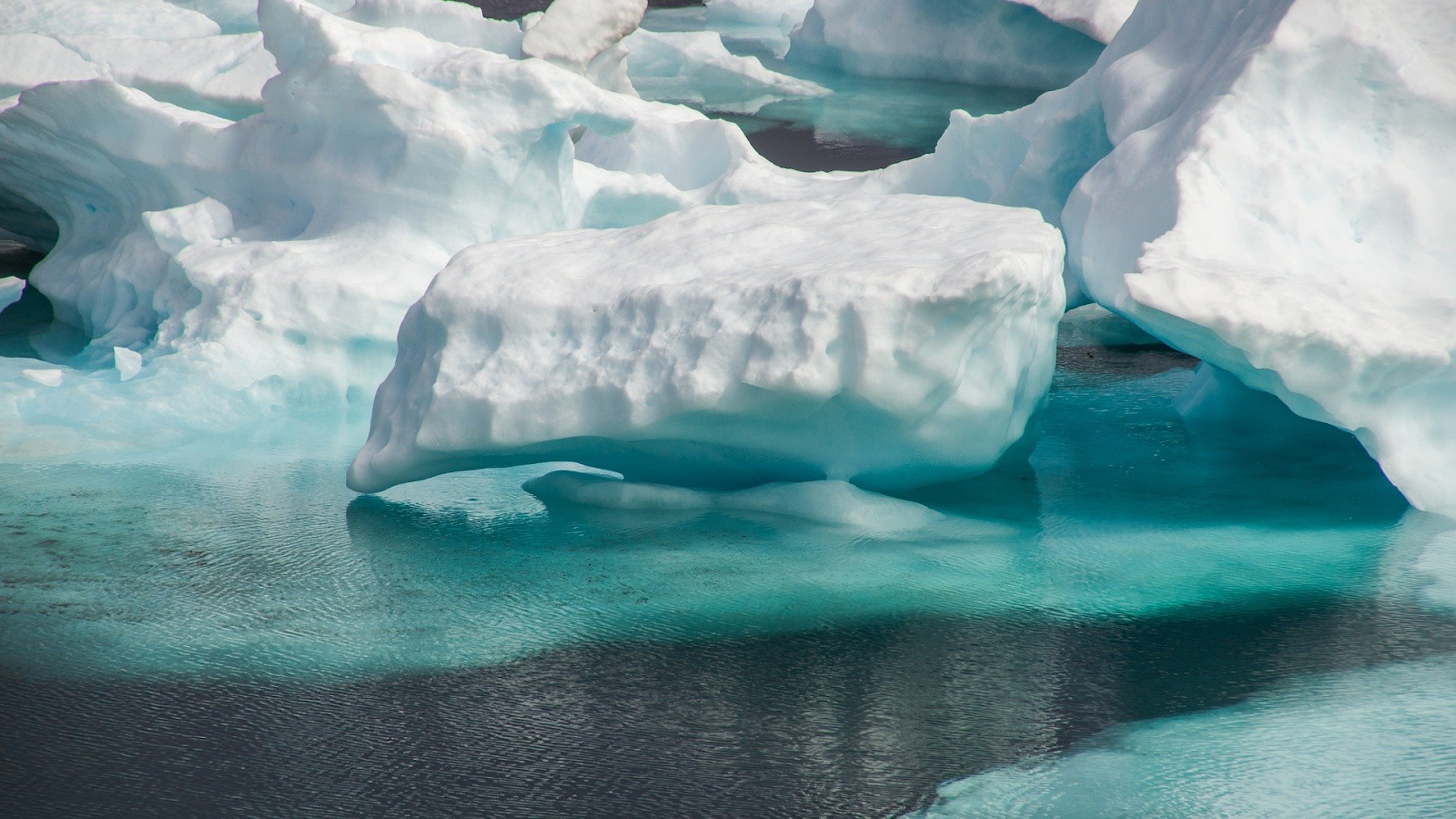
Image by Taken from Pixabay
Another example is emissions from thawing permafrost. Permafrost is a term used to describe ground that remains frozen for more than two years. In many cases it’s ground that would, under normal circumstances, remain permanently frozen. As temperatures rise, increasing amounts of permafrost are thawing. This results in more carbon and methane being released into the atmosphere, which adds to the greenhouse effect, producing further warming. Methane is a particular concern, as it has a far worse potential impact than carbon dioxide on global warming, particularly in the short term.
Scientists are doing their best to model the impact of feedback loops such as these, that we have become aware of. However, as we move into completely uncharted territory climate-wise, there may be others that we have never experienced or even foreseen.
Why take action if we don’t know exactly what will happen?
Rock climbers usually take the precaution of investing in and using ropes and other safety equipment. They don’t do this because they know exactly when and how they’ll fall off a cliff; it’s because they know that in the event they fall, they’re very likely to be killed or seriously injured without it. They take action to prevent this outcome, even though there’s uncertainty over the exact timing and nature of a potential fall.
The climate and ecological emergency has been described as an existential threat to humanity, and huge numbers of other living things are similarly endangered. The severity of the worst consequences means our response needs to be guided by what is known as the precautionary principle. That is, 'in the case of serious or irreversible threats to the health of humans or the ecosystem, acknowledged scientific uncertainty should not be used as a reason to postpone preventative measures’. Essentially, the precautionary principle is based on the adage that it’s better to be safe than sorry.
It can be difficult to predict with high levels of confidence exactly when ‘tipping points’ resulting in the creation of irreversible feedback loops might occur. However, the consequences of failing to act are potentially so severe that ignoring the precautionary principle is extremely hard to justify.
Rising temperatures may be bad news for coral, but will they really affect us?
Depending on where you live, a milder climate may even seem like quite an attractive idea. However, as temperatures rise, increasing numbers of people are being exposed to potentially deadly heat. High temperatures pose the greatest risk to the most vulnerable members of our communities such as babies, the elderly and people with health issues such as heart and lung conditions or diabetes. And even if rising temperatures don’t present an immediate health risk to us, they can impact us in many other ways such as food and water shortages, wildfires and rising sea levels.
How soon will we be affected?
This isn’t something that will happen in the future - it’s happening right now. Many people are already experiencing suffering linked to the climate and ecological emergency. During 2020 we’ve witnessed unprecedented wildfires in both the USA and Australia and severe flooding in numerous locations, including China and Central and Eastern Africa.
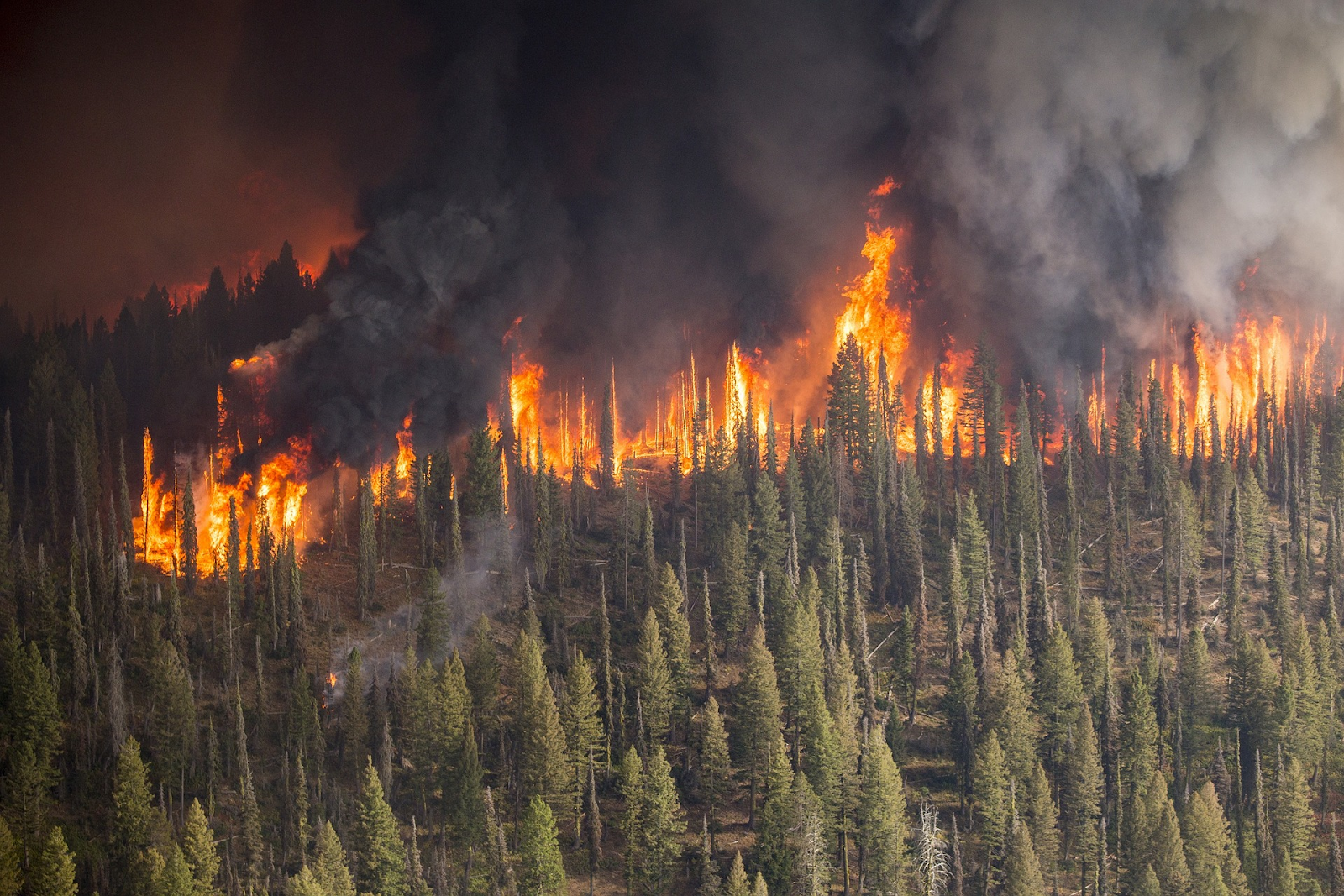
Image by Skeeze from Pixabay
The impacts of climate change will not, however, be felt equally across the globe. In many cases, those who have contributed least to global emissions are the ones who will suffer (and are already suffering) the worst consequences. The severity of the impacts and our ability to protect ourselves from them will vary, but we will all be affected.
How will we be affected?
Some of the ways in which the climate and ecological emergency will impact us are:
Food shortages
Approximately 820 million people already don’t have enough to eat, and the climate and ecological emergency is increasing this number. Yields of staple crops such as wheat are already being harmed by changing weather patterns. As the incidence of extreme weather such as droughts and flooding increases, harvests of many crops will become less reliable or may be destroyed completely.
Human actions, such as the excessive demands we're placing on our oceans, are combining with climate change to create an increasingly precarious food supply situation. Our use of harmful chemicals and destruction of habitats is resulting in the loss of pollinators, such as bees, that around 75% of global food crops rely on to some extent.
Even if your own country is less badly affected than others, you may find it becoming unable to import food it needs, or it no longer having surpluses to export to other countries. Those of us fortunate enough to avoid the predicted famines may still experience reduced choice and higher prices. The COVID-19 pandemic has provided graphic illustrations of the fragility of food supply chains.
Water shortages
'Emergency on Planet Earth', written by Dr. Emily Grossman of XR Scientists, highlights some of the ways in which our water supplies will be affected. Almost half of the world’s population (3.6 billion people) currently lives in areas that are potentially water-scarce at least one month per year. By 2050, this number could increase to between 4.8 billion and 5.7 billion.
As mountain glaciers melt, the 1.9 billion people downstream face reduced access to water for drinking, sanitation, crop irrigation, power generation and other uses. It’s estimated that by 2030 global demand for freshwater will exceed supply by 40%.
Climate change is increasing the frequency and severity of droughts in many places including Africa and Australia and contributed to a megadrought in the western United States. In 2018, Cape Town came within days of turning off its water supply. Climate scientists estimate that this drought has already gone from a ‘once every 300 years’ event to a ‘once every 100 years’ event. At 2°C of heating, the estimated frequency would be once every 33 years.
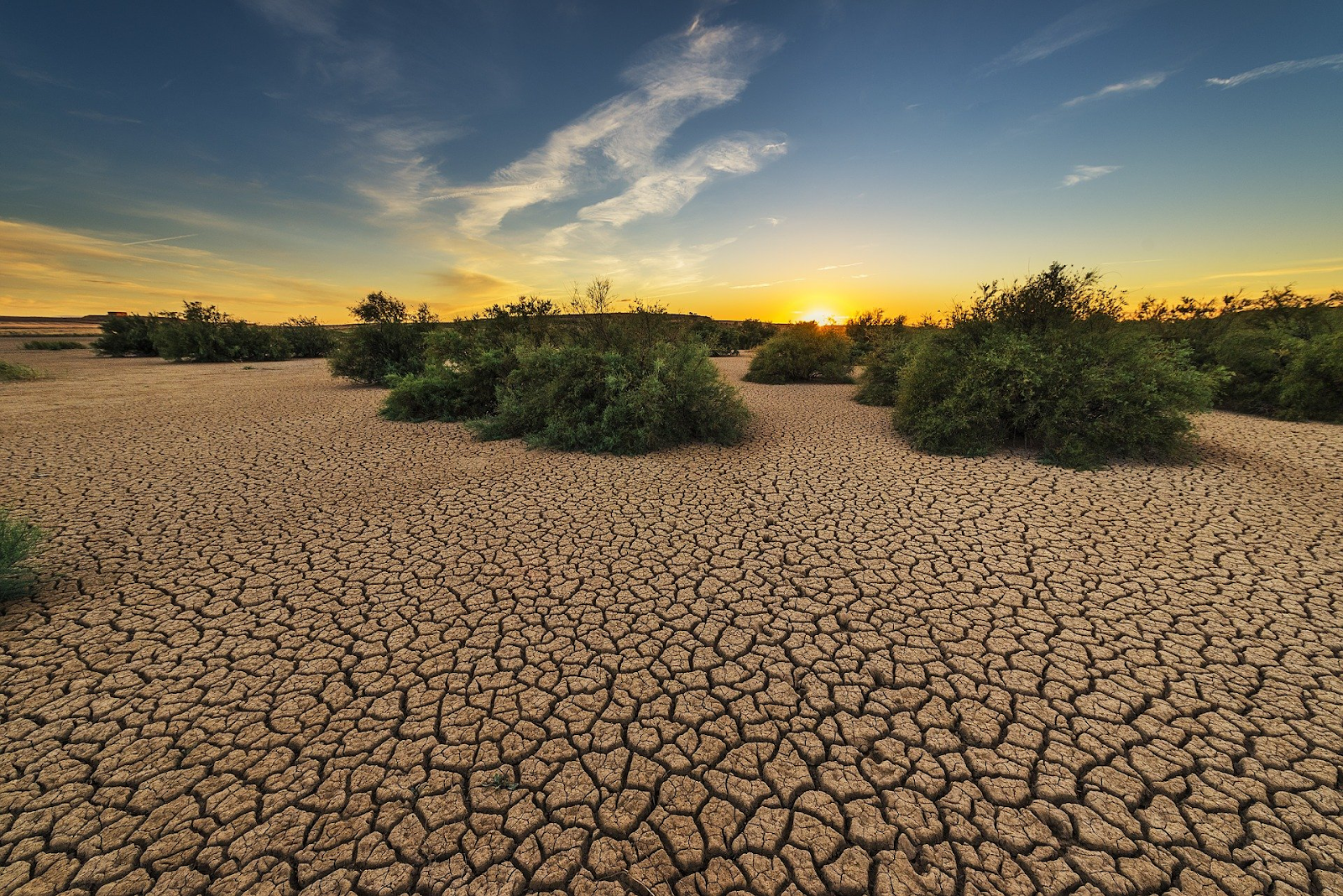
Image by Jose Antonio Alba from Pixabay
Extreme weather
A recent study of hundreds of extreme weather events suggested that more than two thirds had been made more likely or more severe by climate change. Increases in flooding, storms and wildfires are causing disruption, economic damage and taking lives. It’s not just humans that are suffering the consequences of extreme weather - the unprecedented Australian bushfires that took place in late 2019 and early 2020 are estimated to have killed or displaced almost 3 billion animals.
Many people already experience life-threatening temperatures, and as the planet warms, increasing numbers will face this danger. The 2015 heatwaves in India and Pakistan that killed over 3,400 people could happen annually. This year, Europe has once again seen heatwaves, with temperature records being broken in a number of countries. The IPCC warns that an increase of 2°C (rather than 1.5°) could result in 420 million more people being frequently exposed to extreme heatwaves.
Warmer air and warmer seas result in more water vapour in the atmosphere. This additional vapour is expected to result in heavier and more frequent rain. Thus, whilst some parts of the world suffer increasing water shortages as a result of climate change, others will experience more storms and floods.
Forced mass migration
Rising sea levels, flooding, intolerable temperatures and food and water shortages are expected to result in people being displaced from their homes on a scale never witnessed in human history. A recent report estimated that by 2050 as many as 1.2 billion people could be displaced.
Projected sea-level rises mean that, by 2050, land which is currently home to 300 million people will be likely to flood every year. This will particularly affect parts of Asia, with cities in China, Bangladesh and India containing the largest numbers of people at risk.
Countries fortunate enough to escape the worst impacts of climate change are likely to face unprecedented challenges in providing food, shelter and healthcare for all of those displaced. Current numbers of climate refugees are tiny compared to future projections, yet we’re already witnessing significant political tensions and resistance to opening borders.
Conflict
This isn’t something that can be predicted with the same level of certainty as melting ice. However, climate change is producing additional tensions which make conflict more likely. History provides warnings of how fearful populations can provide fertile ground for authoritarianism and nationalism. When the national interests of countries come increasingly into conflict, the danger of war increases.

Image by Robert Waghorn from Pixabay
Most of us have witnessed examples of people fighting over things when there isn’t enough for everyone, or when they feel that others have taken more than their fair share. In recent months we’ve seen tempers fraying around the world as a result of empty supermarket shelves. As food, water and habitable land become less available, the danger of this being replicated on a much larger scale will grow.
Societal breakdown
In combination, the impacts of the climate and ecological emergency present a real danger to our societies. The COVID-19 pandemic has shown just how quickly the things that many of us may take for granted can be lost.
Food shortages are one of the biggest concerns, because they may happen very quickly. There are warnings about the increasing risk of a ‘multiple breadbasket failure’, where harvests of key crops such as wheat are badly affected in a number of locations simultaneously. Maintaining order and social cohesion becomes increasingly difficult when people don’t have enough to eat.
Extreme weather events are likely to bring increased disruption to many of our lives. Infrastructure such as roads, railways and power networks may be damaged or destroyed. Emergency services risk being unable to meet increasing demand and safety nets such as insurance systems could become unviable.
Whilst some mitigation and adaptation may be possible, the predicted scale and frequency of climate related disruption will make this increasingly difficult and costly. Even if we escape the total societal collapse that some predict, our way of life may well be disrupted to the extent that what we currently consider normal ceases to exist.
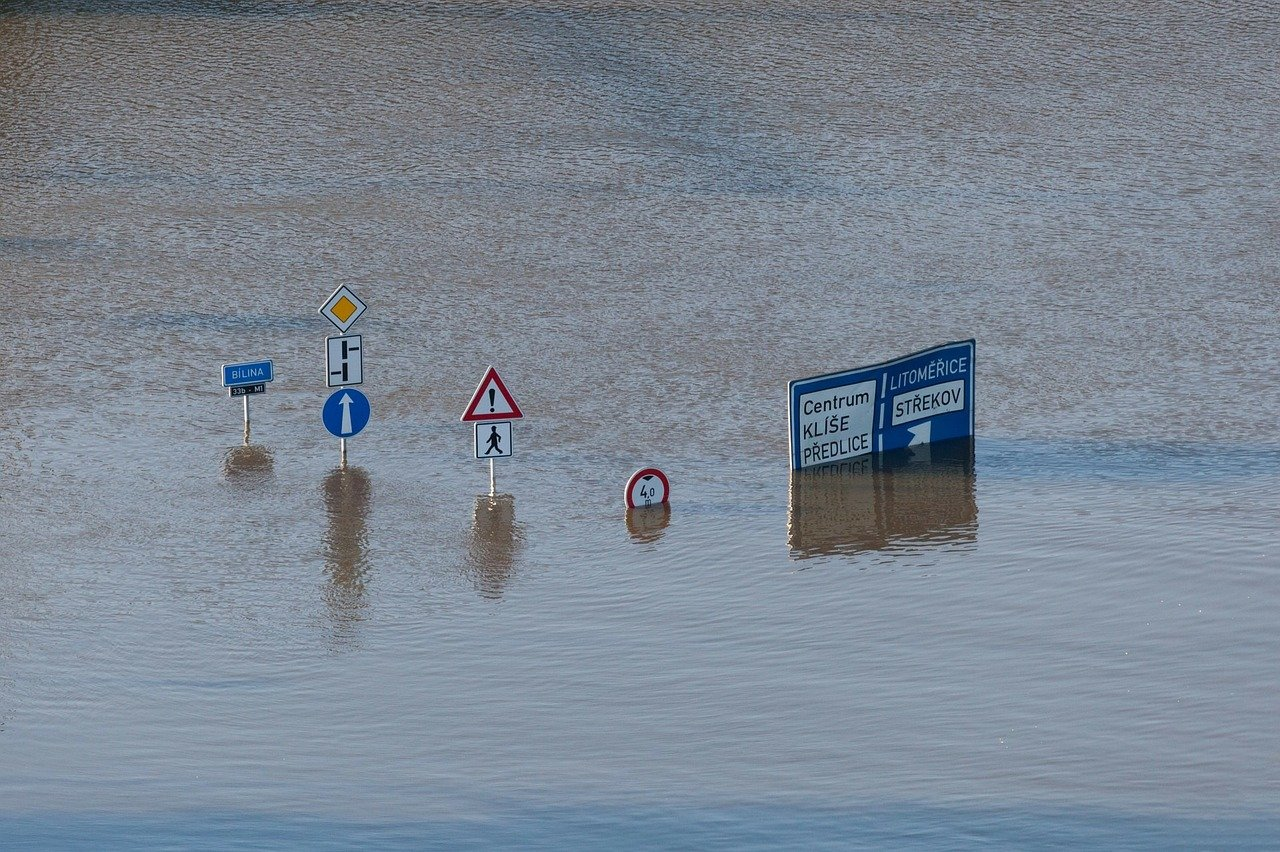
Image by PublicDomainPictures from Pixabay
Where does this leave us?
When people talk about ten years to save the planet, it isn’t generally based on an expectation that the world will end in 2030. It’s based on the premise that if we don’t take real meaningful action within the next decade, then some of the most catastrophic projected impacts of climate change will become impossible to avoid. Without significant emission reductions in the next five years, limiting warming to 1.5C will no longer be a realistic possibility.
Failure to act now increases the risk that unstoppable feedback loops become established. These may then continue to accelerate global warming, even if we succeed in reducing our emissions. If we fail to take drastic action in the next ten years, our ability to avert catastrophic ecological breakdown will be massively reduced.
What can I do?
Extinction Rebellion is demanding that governments tell the truth about the climate and ecological emergency and take immediate action to reduce emissions and halt the loss of biodiversity. Our actions aim to increase awareness of the growing threat to humanity and other life on our planet and to pressure governments into taking the urgent action that is so desperately needed. Why not join us?
